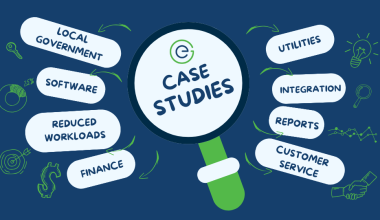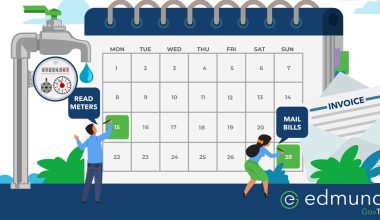I know of utilities with AMI (Automated Metering Infrastructure) systems who aren’t doing proactive leak detection. My question is why wouldn’t they?
Certainly, an AMI system is the most convenient way to read meters. Unlike using handhelds, or even an AMR system, AMI systems require no labor to collect meter readings for billing. But to view an AMI system as simply a labor-saving meter reading tool is a huge mistake.
Review of AMI technology
AMI systems are preprogrammed to read each meter at set intervals – sometimes only once each day, other times as frequently as several times per hour. These frequent meter readings calculate incremental usages, which can be compared to historic usage patterns for the account. When a large increase in usage is detected and does not return to normal, this generally indicates a leak or other situation requiring the customer’s attention, such as a hung toilet.
What is proactive leak detection?
Using proactive leak detection, a utility with an AMI system monitors the system outputs each day and immediately contacts the customer to alert them to the prolonged excessive usage. This places the responsibility for finding and fixing a leak on the customer. Logically, it only follows, if the utility has immediately notified the customer of a potential leak, the utility now shoulders no responsibility for providing leak adjustments of any sort.
Advantages of proactive leak detection
When potential leaks are being monitored on a daily basis, and the customer rectifies the problem promptly, water is conserved. This is especially important in times of drought or if your utility purchases water for resale from another utility.
Another advantage of proactive leak detection is not having to deal with leak adjustments. For many utilities, leak adjustments can be a time-consuming process, involving contacting the customer to provide documentation the leak has been fixed, researching normal usage patterns, performing the calculation to determine the amount of the leak adjustment, and, finally, applying the leak adjustment to the customer’s account. Imagine never having to do another leak adjustment!


